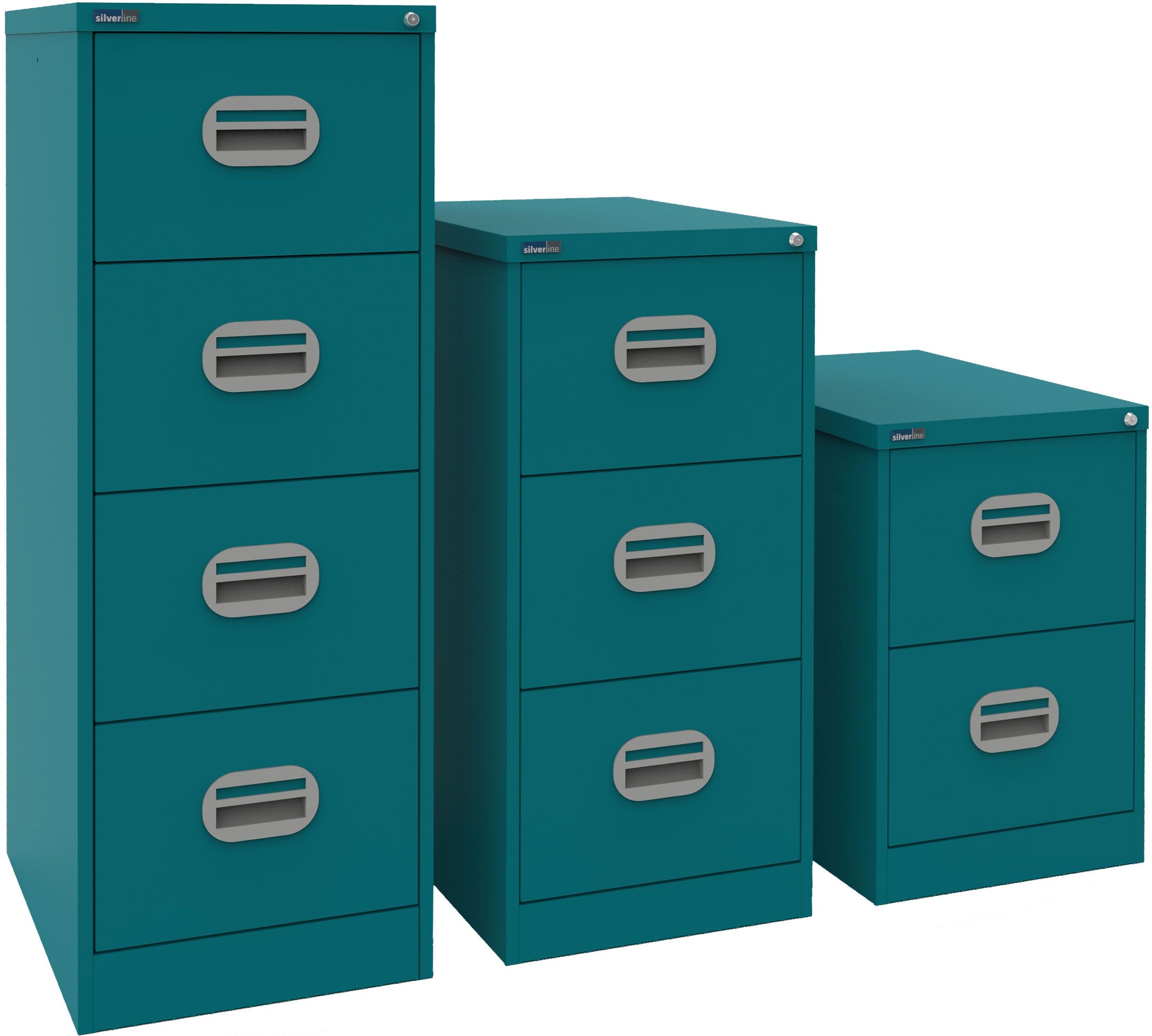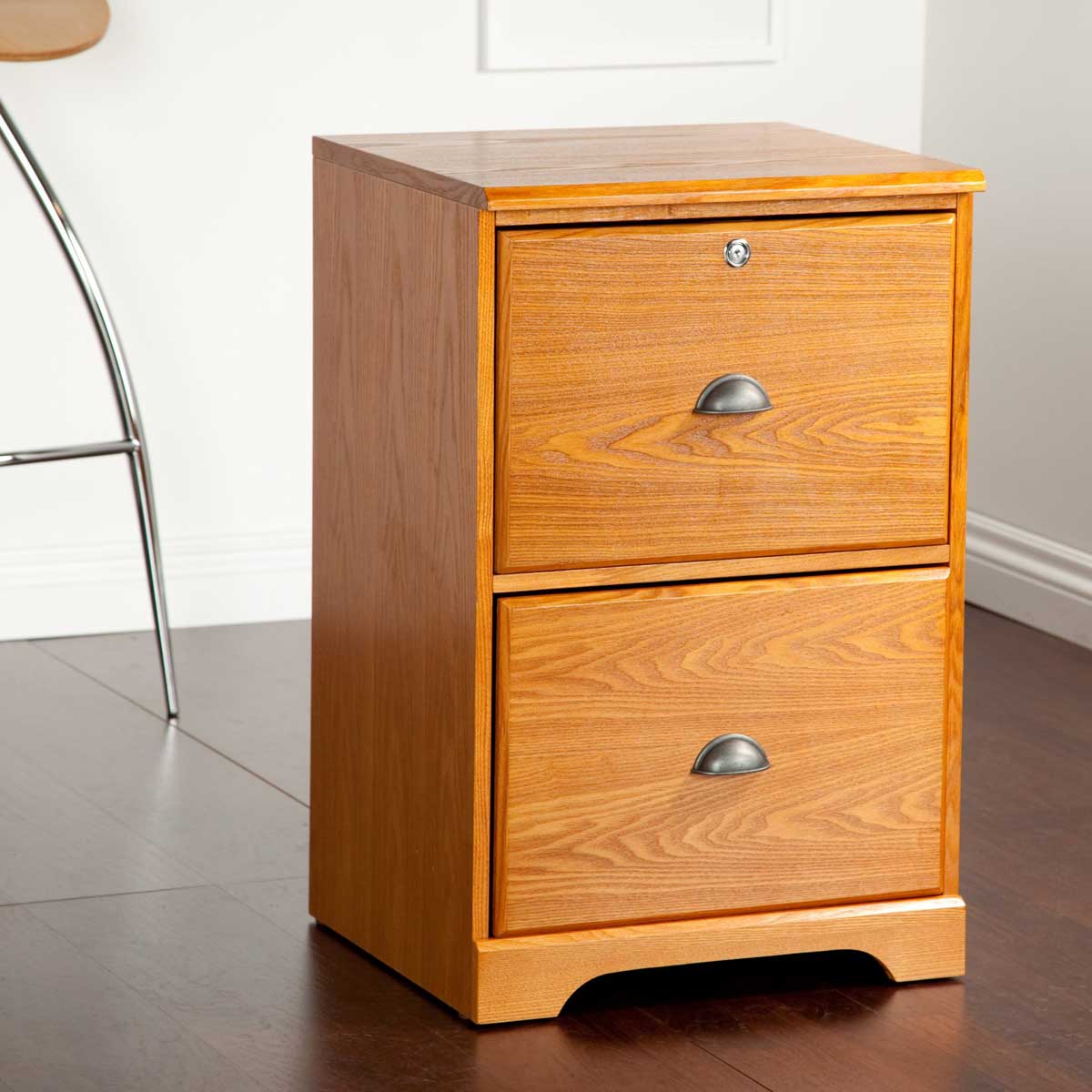Types of Home Office Filing Cabinets in the UK: Home Office Filing Cabinets Uk

Home office filing cabinets uk – Choosing the right filing cabinet for your home office can significantly impact your productivity and organization. The UK market offers a wide range of filing cabinets, each designed to cater to specific needs and storage requirements. Understanding the different types available can help you make an informed decision that best suits your home office setup.
Lateral Filing Cabinets
Lateral filing cabinets are designed for side-to-side access, with drawers that slide out horizontally. They are typically wider than vertical filing cabinets and offer a greater depth for storing larger documents and files.
| Type of Filing Cabinet | Advantages | Disadvantages | Suitable for |
|---|---|---|---|
| Lateral Filing Cabinets |
|
|
|
Vertical Filing Cabinets
Vertical filing cabinets are a popular choice for home offices, offering a compact and space-saving solution. They are typically narrower than lateral cabinets and feature drawers that slide out vertically.
| Type of Filing Cabinet | Advantages | Disadvantages | Suitable for |
|---|---|---|---|
| Vertical Filing Cabinets |
|
|
|
Mobile Filing Cabinets
Mobile filing cabinets are designed to be easily moved around the office, providing flexibility and convenience. They typically feature wheels or casters, allowing them to be rolled to different locations as needed.
Home office filing cabinets in the UK offer a variety of storage solutions, from sleek modern designs to traditional wooden cabinets. However, even the most robust cabinets can be susceptible to wear and tear, especially if they are located in areas prone to moisture, such as near a kitchen sink.
If you’re dealing with a damaged cabinet floor under your kitchen sink, a thorough restoration can help bring it back to life, as outlined in this helpful guide repair cabinet floor under kitchen sink. Once your kitchen cabinet is repaired, you can focus on creating an organized and efficient home office environment with the help of well-chosen filing cabinets.
| Type of Filing Cabinet | Advantages | Disadvantages | Suitable for |
|---|---|---|---|
| Mobile Filing Cabinets |
|
|
|
Fireproof Filing Cabinets
Fireproof filing cabinets are designed to protect important documents and files from fire damage. They are typically constructed with fire-resistant materials and have a fire rating that indicates how long they can withstand a fire.
| Type of Filing Cabinet | Advantages | Disadvantages | Suitable for |
|---|---|---|---|
| Fireproof Filing Cabinets |
|
|
|
Hanging File Cabinets
Hanging file cabinets feature hanging file folders that are suspended from rails inside the drawers. This allows for easy organization and retrieval of files, as they can be easily accessed without having to remove the entire drawer.
While home office filing cabinets in the UK offer a structured approach to paper organization, those seeking a more comprehensive storage solution may find inspiration from menards garage storage cabinets , which provide a versatile range of options for organizing tools, equipment, and other items.
These adaptable cabinets, often with adjustable shelves and drawers, can be tailored to suit various storage needs, potentially offering a valuable reference point for those seeking to enhance their home office filing system beyond traditional cabinets.
| Type of Filing Cabinet | Advantages | Disadvantages | Suitable for |
|---|---|---|---|
| Hanging File Cabinets |
|
|
|
Features to Consider When Choosing a Home Office Filing Cabinet

Selecting the right filing cabinet for your home office is crucial for efficient organization and productivity. It’s an investment that should be carefully considered, taking into account your specific needs and requirements.
Capacity and Size
The first crucial factor to consider is the capacity and size of the filing cabinet. This depends on the amount of paperwork you need to store and the available space in your home office.
- Capacity: Consider the number of drawers and the overall storage space required to accommodate your documents. Determine the volume of paperwork you anticipate storing and choose a cabinet with sufficient capacity.
- Size: Measure the available space in your home office and select a filing cabinet that fits comfortably without overcrowding the area. Consider both the height and width of the cabinet to ensure it fits appropriately in your designated area.
Material and Construction
The material and construction of a filing cabinet are essential for durability, stability, and longevity.
- Material: Filing cabinets are commonly made from steel, wood, or a combination of both. Steel cabinets are robust, fire-resistant, and offer excellent protection for your documents. Wood cabinets, on the other hand, can add a touch of elegance and warmth to your home office.
- Construction: Look for cabinets with sturdy construction, including reinforced drawers, strong hinges, and durable finishes. These features ensure the cabinet remains functional and reliable for years to come.
Locking Mechanisms
Security is paramount, especially when storing sensitive documents. Ensure your filing cabinet has a secure locking mechanism to safeguard your important papers.
- Type of Lock: Consider the type of lock, such as a key lock, combination lock, or electronic lock. Choose a mechanism that suits your security needs and preferences.
- Strength: Look for a cabinet with a strong and reliable locking mechanism to deter unauthorized access.
Drawer Design and Functionality
The design and functionality of the drawers play a significant role in ease of access and organization.
- Drawer Size and Depth: Choose drawers that are spacious enough to accommodate your files comfortably and deep enough to prevent documents from falling out.
- Drawer Slides: Opt for drawers with smooth-gliding slides for effortless access and retrieval of files.
- Drawer Organization: Consider drawers with built-in features like file dividers, hanging folders, or adjustable shelves for efficient organization.
Mobility and Adjustability
Depending on your home office layout and needs, consider the mobility and adjustability of the filing cabinet.
- Casters: Cabinets with casters offer easy mobility, allowing you to reposition them as needed.
- Adjustable Shelves: Some cabinets have adjustable shelves, enabling you to customize the storage space to suit your specific requirements.
Price and Value for Money
Finally, consider the price and value for money of the filing cabinet.
- Budget: Set a budget for your filing cabinet purchase and stick to it.
- Features and Quality: Evaluate the features and quality of the cabinet against its price. Look for a cabinet that offers good value for your investment.
Tips for Organizing and Using Home Office Filing Cabinets

A well-organized filing system is essential for maintaining order and efficiency in your home office. It helps you easily locate important documents, reduces stress, and saves you time. Here are some practical tips and strategies for effectively organizing and utilizing home office filing cabinets.
Developing a Consistent Filing System
A consistent filing system is the foundation of an organized home office. It ensures that you can find any document quickly and easily. Here are some key considerations:
- Choose a system that works for you: There are many different filing systems, so choose one that suits your needs and preferences. Popular options include alphabetical, chronological, or subject-based systems.
- Be consistent: Once you’ve chosen a system, stick to it consistently. This will prevent confusion and make it easier to find documents.
- Use clear and concise labels: Label your folders and files clearly and concisely. This will help you quickly identify the contents of each folder.
Utilizing File Folders and Labels, Home office filing cabinets uk
File folders and labels are essential for organizing your documents. Here are some tips for using them effectively:
- Use different sizes and types of folders: There are different sizes and types of folders available, so choose the ones that best suit your needs. For example, you may need larger folders for bulky documents or smaller folders for individual papers.
- Use color-coded folders: Color-coding your folders can make it easier to identify different categories of documents.
- Label folders clearly and concisely: Use clear and concise labels to identify the contents of each folder. You can use sticky labels, write directly on the folder, or use pre-printed labels.
Implementing a Color-Coding System
Color-coding can be a powerful tool for organizing your home office filing system. It helps you quickly identify different categories of documents and makes it easier to find what you need. Here are some examples of color-coding systems:
- By document type: You could use different colors for financial records, tax documents, personal files, and business documents.
- By client or project: If you’re working on multiple projects, you could use different colors for each project.
- By time period: You could use different colors for documents from different years.
Regularly Purging and Decluttering Files
It’s important to regularly purge and declutter your files to keep your filing system organized and efficient. This helps you get rid of unnecessary documents and makes it easier to find what you need. Here are some tips for decluttering your files:
- Set aside time for decluttering: Schedule regular decluttering sessions to keep your filing system organized.
- Review your files regularly: Go through your files at least once a year to identify any documents that you can discard.
- Use a shredder for sensitive documents: If you’re discarding sensitive documents, make sure to use a shredder to protect your personal information.
Maintaining a Clean and Organized Filing System
Maintaining a clean and organized filing system is essential for keeping your home office efficient. Here are some tips for keeping your filing system clean and organized:
- File documents promptly: Don’t let documents pile up on your desk. File them away as soon as possible to avoid clutter.
- Keep your filing cabinet clean: Dust your filing cabinet regularly and remove any clutter from the top or shelves.
- Use dividers to separate folders: Dividers can help you organize your folders and make it easier to find specific documents.
Effective Filing Systems for Different Types of Documents
Here are some examples of effective filing systems for different types of documents:
- Financial Records: You can organize your financial records by year, by type of expense, or by category. For example, you could have folders for bank statements, credit card statements, utility bills, and tax documents.
- Tax Documents: Keep your tax documents organized by year and by type of document. You can use folders for tax returns, W-2s, 1099s, and other tax-related documents.
- Personal Files: You can organize your personal files by category, such as medical records, insurance policies, legal documents, and travel documents.
- Business Documents: If you run a business, you can organize your business documents by type of document, by client, or by project.
Setting Up and Maintaining a Well-Organized Home Office Filing System
Here’s a step-by-step guide on how to set up and maintain a well-organized home office filing system:
- Choose a filing system: Decide on a filing system that works best for you, such as alphabetical, chronological, or subject-based.
- Create folders and labels: Create folders for different categories of documents and label them clearly and concisely.
- Sort your documents: Go through all of your documents and sort them into the appropriate folders.
- File your documents: Place the documents in their respective folders and file them away in your filing cabinet.
- Purge and declutter regularly: Review your files at least once a year to identify any documents that you can discard.
- Maintain a clean and organized filing system: File documents promptly, keep your filing cabinet clean, and use dividers to separate folders.